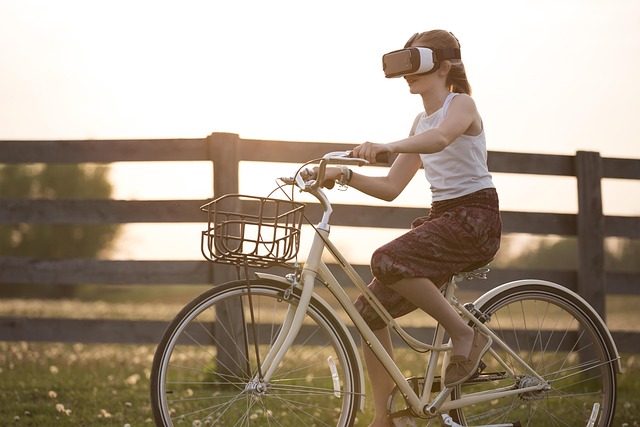Exploring the Future of Education: Virtual Reality Learning Tools
In an era where technology is reshaping our daily lives, the field of education is no exception. Virtual reality (VR) learning tools are gaining momentum, creating more immersive and interactive environments for students. These cutting-edge technologies are not just about advanced gadgets; they represent a paradigm shift in how we teach and learn.
Immersive Learning Experiences
Imagine a classroom where students can explore the depths of the ocean without ever leaving their desks. With virtual reality, lessons come to life. Students can dive into a 3D world filled with vibrant marine life, gaining firsthand knowledge about ecosystems and biodiversity. This immersive experience makes learning not only more engaging but also significantly more effective. VR has the ability to captivate students’ minds, enabling them to retain information better than traditional methods.
The Power of Augmented Reality
Augmented reality (AR) complements virtual reality by blending digital elements with the real world. Picture a scenario where students studying anatomy can use AR to overlay images of the human body on top of their own. This technology allows for a tangible interaction with complex subjects, breaking down barriers and bringing abstract concepts into clearer focus. It transforms the ordinary into the extraordinary and makes every lesson an opportunity for exploration and discovery.
Learning in the Metaverse
The metaverse, a collective virtual shared space, offers limitless possibilities in education. Within this digital universe, students from different countries can collaborate on projects, attend virtual classes, or engage in role-play scenarios that enhance their understanding of history or culture. Such experiences promote global awareness and cultural exchange, essential components in today’s interconnected world. As we navigate through the metaverse, students not only consume knowledge but also create, innovate, and communicate with peers across the globe.
Engagement and Accessibility
One of the most significant advantages of virtual reality learning tools is their ability to engage a diverse range of learners. Children with different learning abilities benefit from tailored experiences that resonate with their unique needs. VR accommodates various learning styles—visual, auditory, and kinesthetic—creating opportunities for all students to excel. Additionally, the accessibility of these tools allows learners from remote areas to access quality education and resources they may have once thought out of reach.
Challenges and the Road Ahead
While the prospects of virtual reality and augmented reality in education are exhilarating, there are challenges to consider. Access to technology, affordability, and the need for teacher training are hurdles that must be overcome. However, as schools and educational institutions continue to embrace these innovations, it’s essential to foster a culture of adaptability and proactive learning in both students and educators.
The future of education is bright, with virtual reality learning tools at the forefront of this transformation. By bridging gaps in understanding and democratizing access to knowledge, these technologies have the potential to create an enriched educational experience for every student. The classroom of tomorrow is not confined to four walls; it is a world without limits, full of possibilities, engagement, and exploration.



